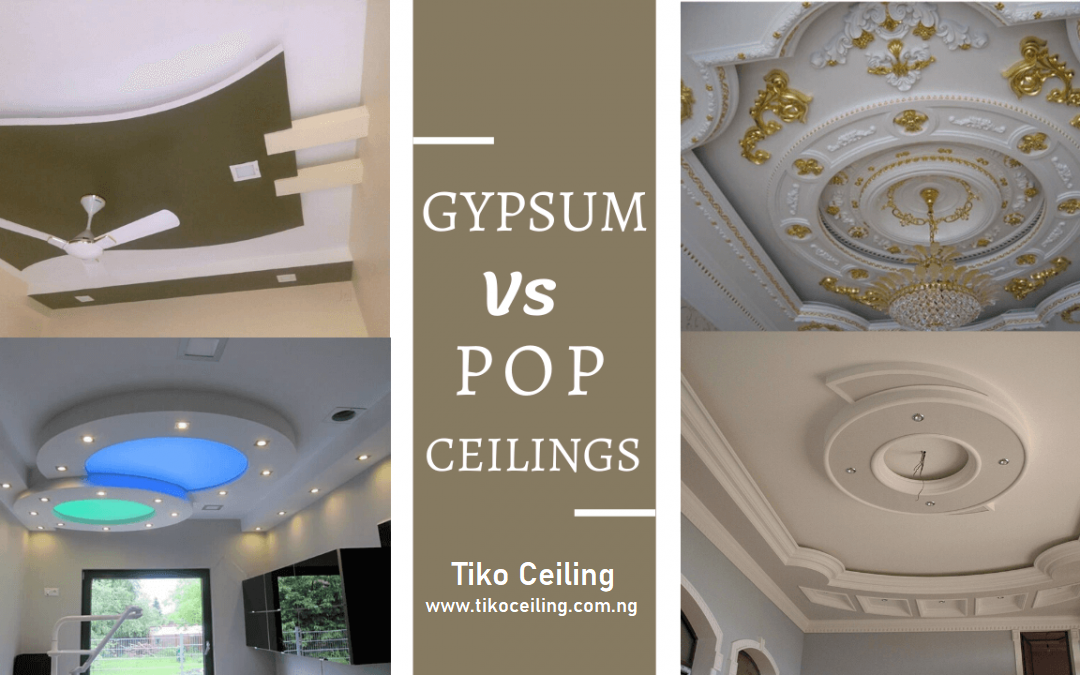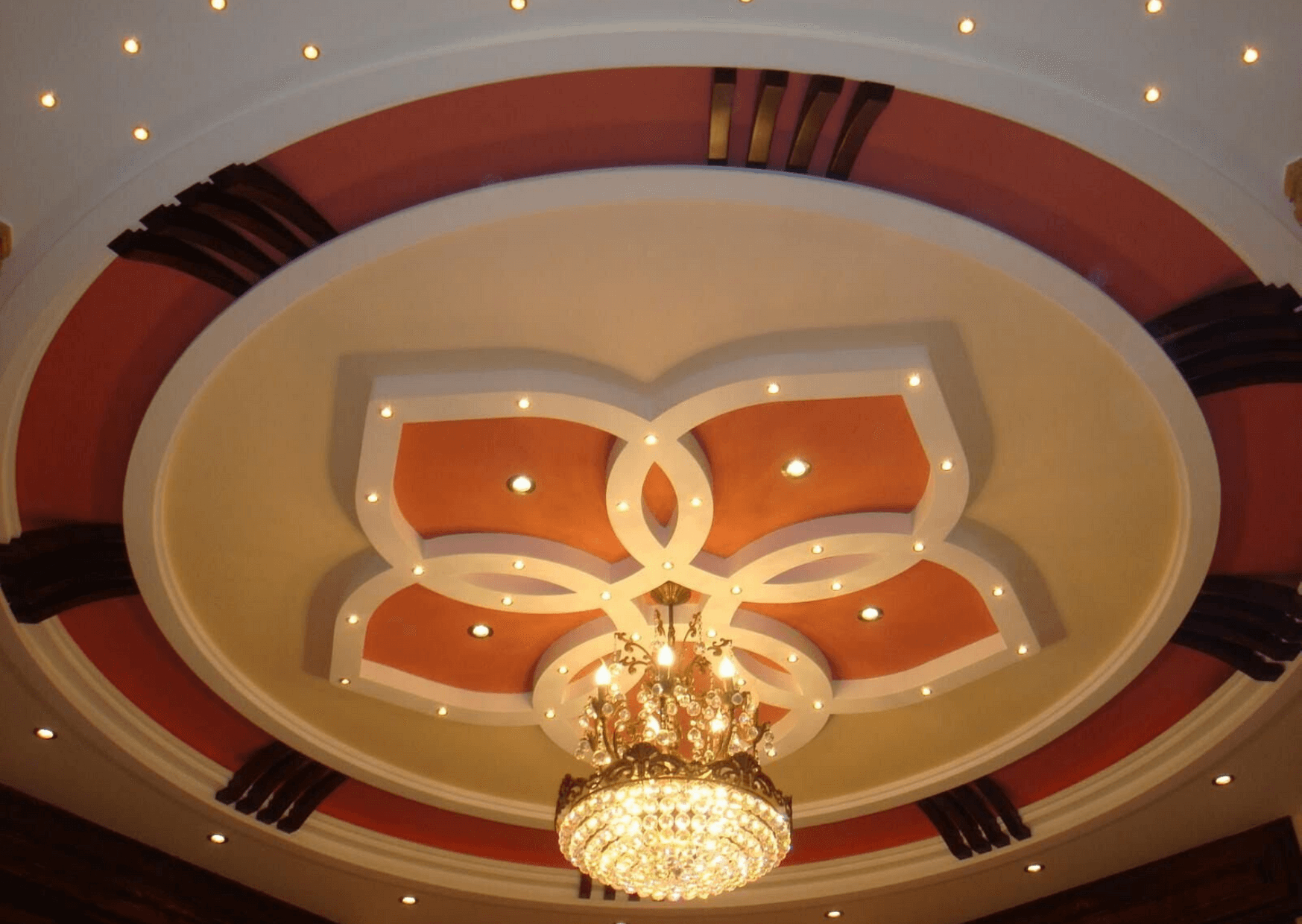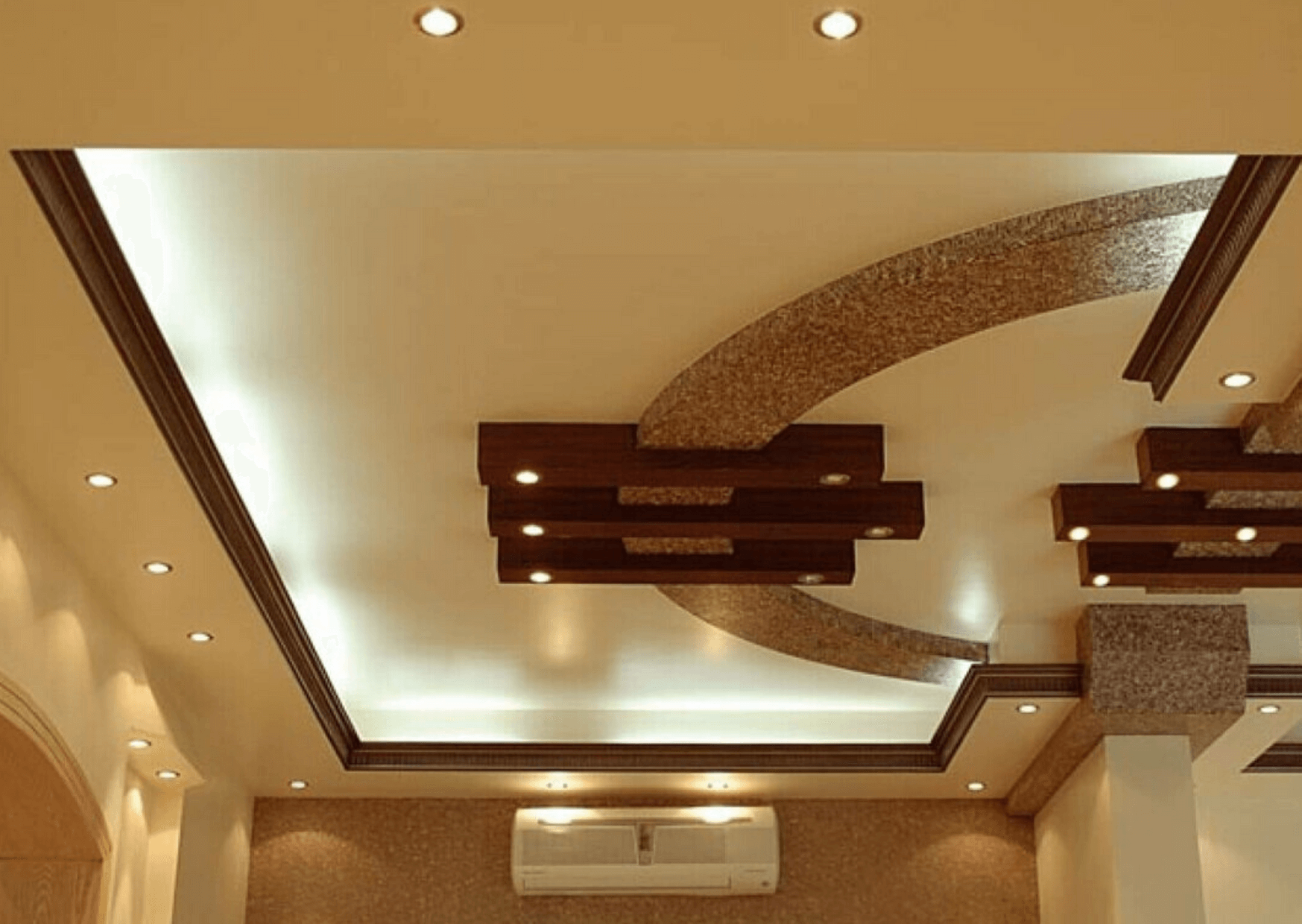POP and Gypsum – Which is a Better Material for False Ceiling?

A false ceiling is one of the best ways to make your home or office beautiful. It is generally suspended from the ceiling, which is why it is also known as a secondary ceiling or suspended ceiling. False ceiling not only enhances the overall look, but also conceals the unwanted stuff such as excessive wiring, be it for commercial interiors, or your residence.
But the question arises which type of false ceiling should you opt for, as there are a lot of options available in the market and users end up confused. In our previous blog, we already discussed the difference between Gypsum & Fibre ceilings. Now we will explain POP or Gypsum, which is a better material for false ceilings. We will share the pros and cons of both so that you can make an informed decision.
Gypsum v/s POP: Pros and Cons?
POP False Ceiling
POP false ceilings are made up of Plaster Of Paris powder. This powder is applied on a net to add mechanical strength. With the help of water, this formulation is applied to the mesh attached to the metal framing system and is left to dry up. Once dried, your POP false ceiling is ready.

Pros:
• POP is durable with minimal wear and tear.
• It can be easily applied to corners.
• Any desired shape or design can be achieved.
• POP is significantly cheaper than gypsum boards.
Cons:
• You need to hire skilled and experienced people for efficient work and good POP designs, otherwise, it will give an unpolished finish.
• A POP false ceiling can be time consuming
• It is dusty and can make the site look messy.
• The making charges are comparatively higher.
• It may result in wastage because of excessive mixture.
• The POP ceiling can only be installed only when it is dried.
Gypsum False Ceiling
A Gypsum false ceiling is made by using gypsum plasterboard, which is screwed to the metal frame. Gypsum plaster boards usually come in the form of sheets, and hence installation is easy or less work is required. These sheets have inbuilt joints that are finished by using a joining compound.

Pros:
• Installing gypsum false ceilings is fast and easy.
• The cleaning process is seamless and effortless
• It leaves less residue and dust which means organized construction site.
• Gypsum plasterboard has significantly more strength compared to POP.
• It adds a modern, contemporary look to your interiors.
• It is attached to the ceiling without much joints.
• They are of good quality because they are manufactured and pre-built by the companies.
Cons:
• Although it is easier to install, the un-installation and repairing is quite tedious, and often results in breaking the major portion or the whole thing.
• Moisture may seep into the false ceiling if roofs and air conditioning is not kept in check.
• It may also lead to fungal growth or cause the ceiling to lose its shape. But there are moisture-resistant boards available to fix this problem.
• Gypsum boards cost a little more than POP
• With time, a gypsum false ceiling may develop cracks around the joints.
Conclusion:
False ceilings have taken center stage in modern-day home constructions. It is an efficient method to make your home look aesthetically pleasing and clutter-free. And now you know the pros and cons of both gypsum and POP, you can choose the right set of false ceilings based on your requirements. But even then, you would need to get in touch with experts to install suspended ceilings. They will carefully assess which type of false ceiling would best suit your home conditions.

 Previous Post
Previous Post